In the vast literary landscape of modern Chinese literature, few works carry the weight of Lu Xun's short stories. Among his lesser-known but equally powerful pieces, "The Rabbits and the Cat" stands as a peculiar yet profound meditation on the brutal realities of existence. Written in 1922 during China's tumultuous early republican period, this seemingly simple animal tale conceals layers of social commentary and philosophical inquiry beneath its surface.
The story unfolds in the courtyard of a traditional Chinese household where a family of rabbits lives under constant threat from a predatory black cat. What begins as an observational narrative about small creatures gradually transforms into an unsettling allegory about power, vulnerability, and the indifference of nature. Lu Xun's sparse prose belies the complexity of his message - that the world operates on principles far removed from human notions of justice or morality.
At its core, "The Rabbits and the Cat" presents nature's harsh hierarchy as an inescapable truth. The rabbits, despite their numbers and the protection of their hutch, remain fundamentally vulnerable to the cat's predation. Their reproductive vitality - the mother rabbit's constant bearing of new offspring - becomes not a triumph but a cruel joke in the face of inevitable destruction. Lu Xun meticulously describes how each new generation of rabbits meets the same fate, emphasizing the cyclical nature of violence in the animal world.
The cat emerges not as a villain but as an amoral force of nature. Its black coloration, frequently mentioned in the text, takes on symbolic significance - representing not evil per se, but the darkness of a universe indifferent to suffering. Unlike traditional fables where animals embody clear human traits, Lu Xun's cat simply follows its instincts. This refusal to anthropomorphize makes the predation more horrifying in its banality. The cat doesn't hate the rabbits; it merely consumes them as part of the natural order.
Lu Xun's narrative technique deserves particular attention. He employs what might be called "documentary cruelty" - a clinical observation of violence without sentimental mitigation. When describing the cat's attacks, he avoids dramatic language, letting the facts of predation speak for themselves. This stylistic choice creates profound discomfort in the reader, forcing us to confront nature's brutality without the cushion of romanticism.
The story's deeper resonance lies in its implicit critique of Social Darwinism, then a popular concept among Chinese intellectuals. By presenting the "survival of the fittest" scenario in its rawest form, Lu Xun exposes the cruelty inherent in applying biological principles to human society. The rabbits' situation mirrors that of vulnerable populations throughout history - reproducing abundantly yet remaining powerless against systemic predation. Their existence becomes a tragic cycle of brief vitality followed by inevitable destruction.
Human characters in the story function as passive observers, reflecting the intellectual class's impotence in the face of social injustice. The narrator's occasional interventions to save the rabbits prove futile against the cat's persistence. This dynamic suggests Lu Xun's skepticism about piecemeal solutions to systemic problems. The hutch, representing societal structures meant to protect the vulnerable, ultimately fails because it cannot change the fundamental power imbalance.
Lu Xun's choice of rabbits as victims carries cultural significance. In Chinese folklore, rabbits often symbolize fertility, vulnerability, and lunar yin energy. By showing their constant reproduction and equally constant destruction, he subverts traditional associations with prosperity. The lunar imagery becomes ironic - instead of the mythical Jade Rabbit grinding immortality pills, we see earthly rabbits serving as mortal sustenance for their predator.
The seasonal structure of the story reinforces its themes of cyclical violence. Beginning in spring - traditional time of rebirth - and progressing through the seasons, Lu Xun shows nature's indifference to individual lives. The rabbits' deaths occur against backdrops of blooming flowers or autumn leaves, emphasizing how life continues beautifully despite (or because of) constant predation. This juxtaposition creates profound existential tension.
What makes "The Rabbits and the Cat" particularly unsettling is its unresolved ending. Unlike conventional fables offering moral lessons, Lu Xun's story concludes without resolution or hope. The cat isn't punished; the rabbits aren't saved. This narrative choice reflects Lu Xun's modernist sensibility and his rejection of didacticism. The reader is left with uncomfortable questions about justice, power, and whether moral frameworks have any place in understanding nature's ways.
The story's publication context adds another layer of meaning. Written during China's so-called "New Culture Movement," when intellectuals debated how to strengthen the nation, "The Rabbits and the Cat" serves as a cautionary tale about unexamined adoption of Western theories like Social Darwinism. Lu Xun suggests that before applying such concepts, one must confront their brutal implications. His animal fable becomes a mirror for human society's own predatory structures.
Modern readers might interpret the story through ecological lenses, noting how Lu Xun anticipates contemporary understandings of food chains and predator-prey dynamics. However, to read it purely as a nature story would miss its humanistic concerns. The rabbits' suffering matters precisely because we recognize their struggle as analogous to human experience. Lu Xun forces us to see ourselves in both predator and prey roles.
Stylistically, the work showcases Lu Xun's mastery of economy. In just a few thousand characters, he creates a complete cosmos with its own rules and rhythms. The sparse descriptions - of the cat's movements, the rabbits' terror, the changing seasons - accumulate into a devastating whole. This concision reflects his background in classical Chinese literature while serving modernist ends.
"The Rabbits and the Cat" remains relevant today as we confront new iterations of survival-of-the-fittest ideologies in global capitalism and geopolitics. Lu Xun's unflinching portrayal of nature's cruelty serves as a corrective to romanticized notions of competition. The story asks whether human civilization represents an escape from or merely a more sophisticated version of the cat-and-rabbit dynamic.
Ultimately, Lu Xun's fable resists easy interpretation. It can be read as a critique of feudalism, a commentary on China's weakness against foreign powers, or a philosophical meditation on existence itself. This multivalence explains its enduring power. Unlike traditional enlightenment fables that offer clear morals, "The Rabbits and the Cat" leaves us unsettled - forced to confront uncomfortable truths about power, vulnerability, and our place in nature's indifferent order.
The story's genius lies in its deceptive simplicity. Using common animals and familiar situations, Lu Xun constructs a microcosm that reflects macrocosmic truths. His rabbits and cat transcend their literal meanings to become archetypes of predator and prey, powerful and powerless, victor and victim. In doing so, Lu Xun creates not just a story but a lens through which to examine all hierarchical relationships - in nature, society, and perhaps within ourselves.
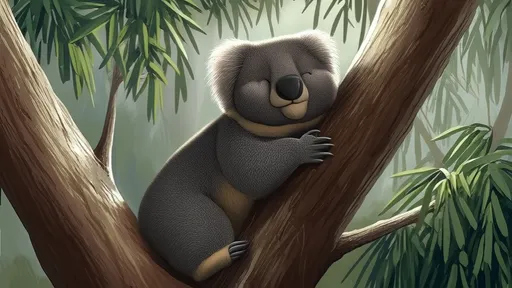
By /Aug 4, 2025
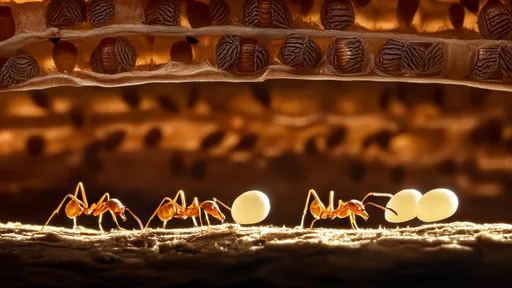
By /Aug 4, 2025

By /Aug 4, 2025
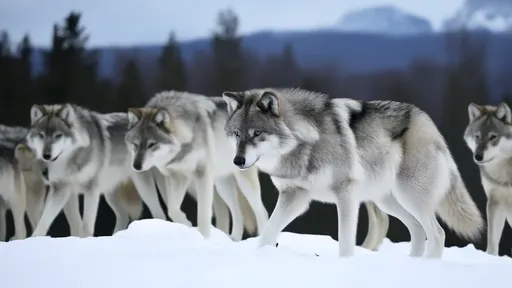
By /Aug 4, 2025
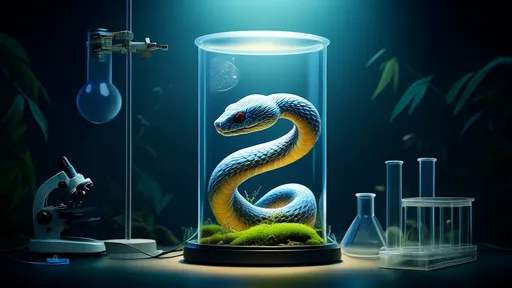
By /Aug 4, 2025

By /Aug 4, 2025
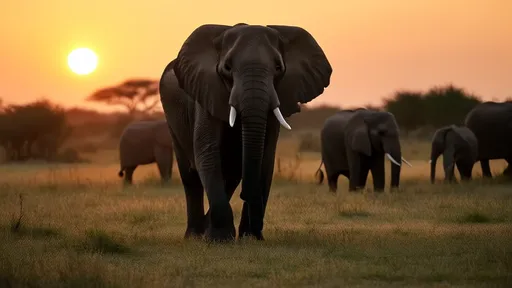
By /Aug 4, 2025
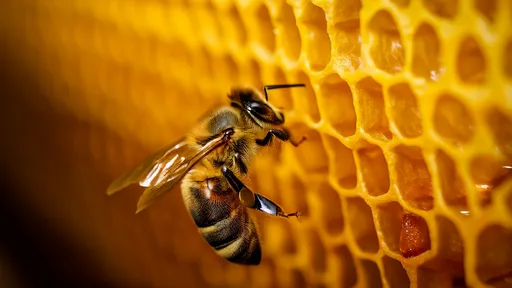
By /Aug 4, 2025
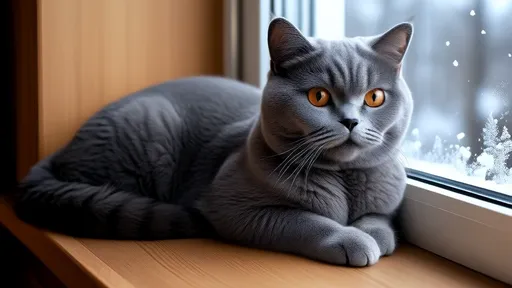
By /Aug 4, 2025
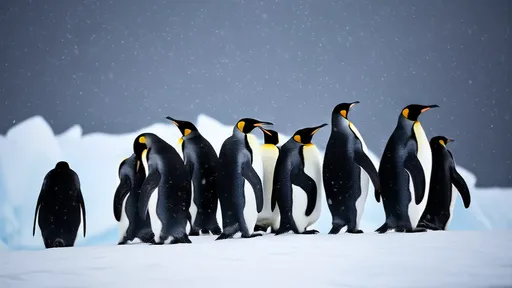
By /Aug 4, 2025
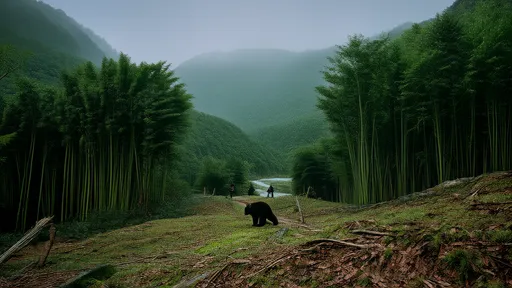
By /Aug 1, 2025

By /Aug 1, 2025

By /Aug 1, 2025
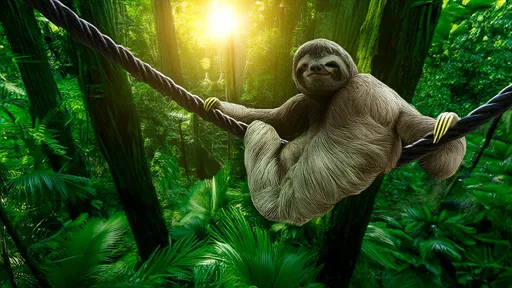
By /Aug 1, 2025
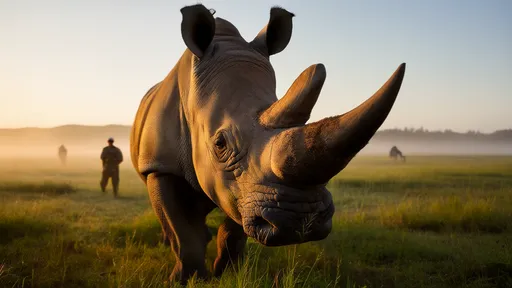
By /Aug 1, 2025
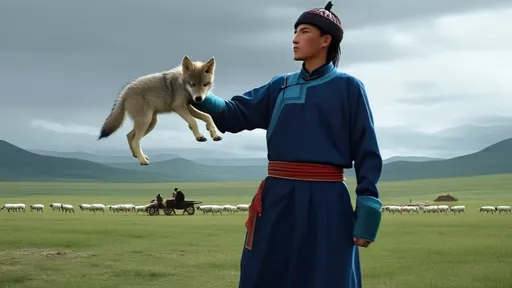
By /Aug 1, 2025
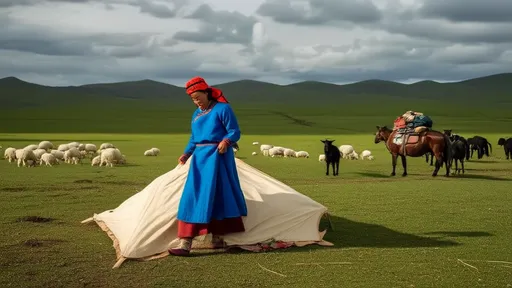
By /Aug 1, 2025
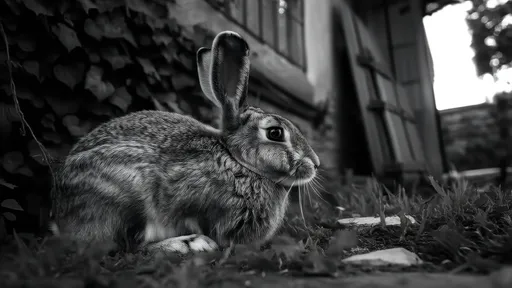
By /Aug 1, 2025
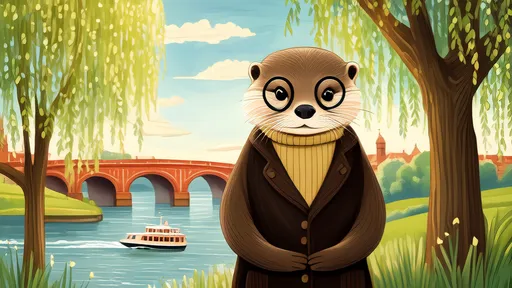
By /Aug 1, 2025

By /Aug 1, 2025